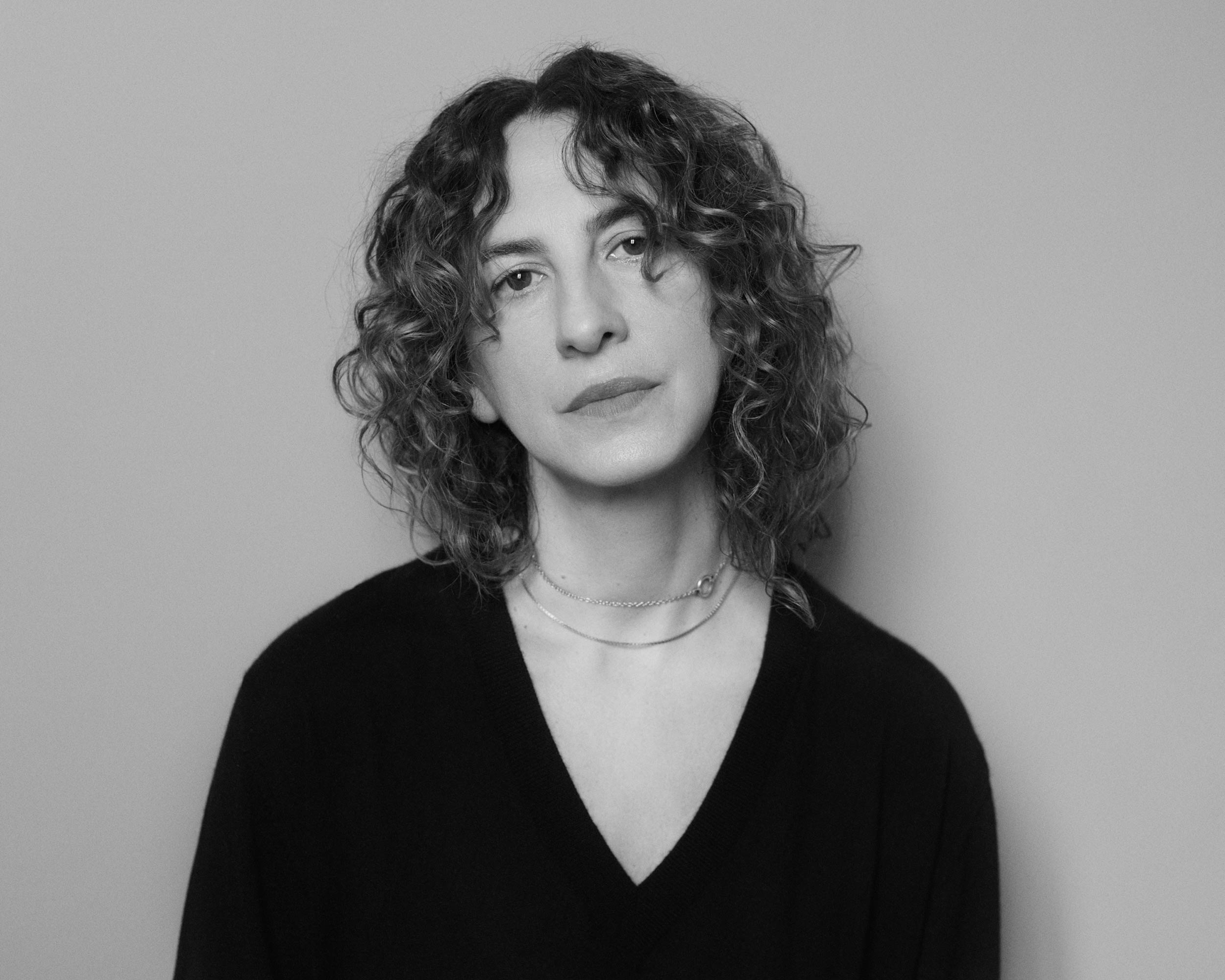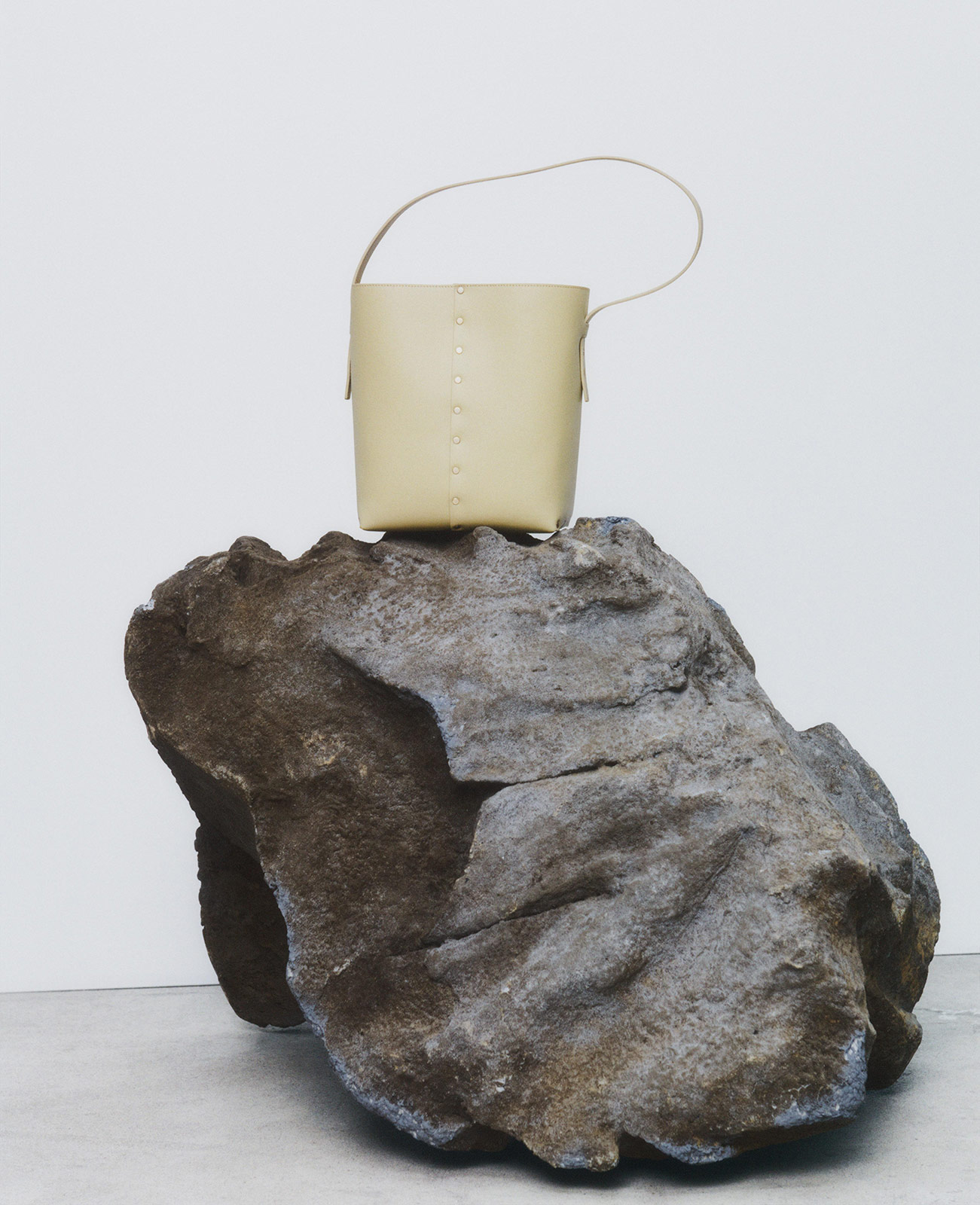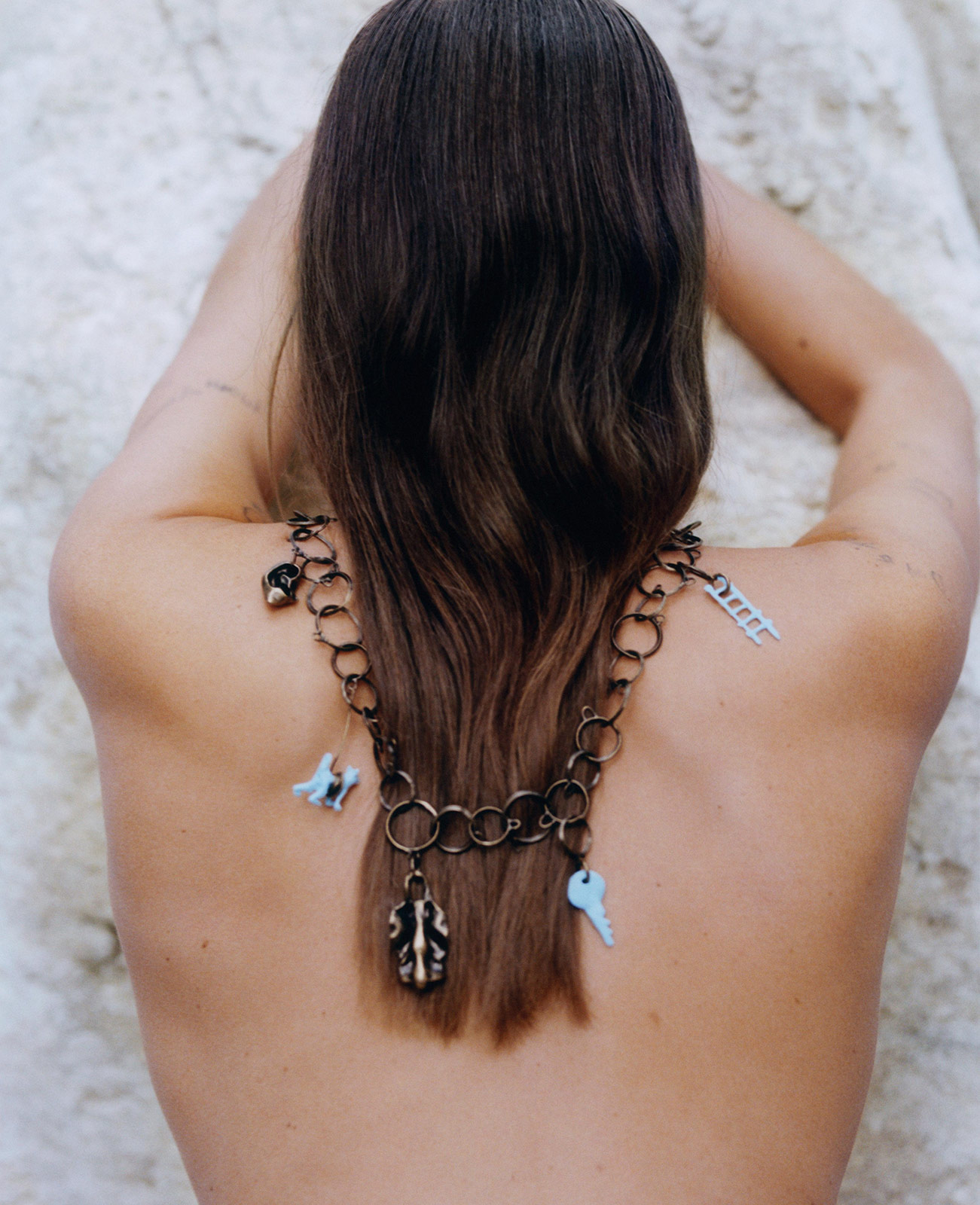As the first creative director in the Umbrian brand’s 40-year history, the designer discuses balancing tradition and innovation
Last May, Fabiana Filippi appointed Lucia De Vito as the first creative director in the brand’s almost 40-year history. The designer has been in the fashion world since the ’90s, working behind the scenes at brands like Jil Sander, Chloé, Pucci, and more. Now, at the helm of the Umbrian-based womenswear label, De Vito has drawn on collaboration, the natural world, and archival research to chart a new direction for the house while remaining faithful to its roots. She looks to disparate corners of the art world for inspiration: indie music darling Okay Kaya was the star of her last campaign and sculptor Benni Bosetto contributed to her newest project with the brand. Called Fabula, it is an exploration of the fantastical, with sculptural jewelry and folkloric prints. Yet, at the core of her work remains a commitment to quality materials and simple, elegant design.
Document checked in with the designer as she nears her one-year anniversary to talk about dreams, childhood fashion aspirations, sustainability, and more.
Document Journal: What role does the natural world play in designing and manufacturing for Fabiana Filippi? City, mountains, countryside, or beach? And why?
Lucia De Vito: Countryside! The Fabiana Filippi headquarters is immersed in the nature of the Umbria region, which is known as the “green lung” of Italy. The company’s values are deeply linked with history, culture, and respect for the territory. Nature is very important to the company which has always paid special attention to natural, organic, upcycled, and certified yarns.
Commitment to environmental responsibility is something I feel very strongly about personally as well as the company. It’s a moral issue that needs to be addressed now and cannot be put aside anymore.
Document: Where are you from originally? Do you think your hometown inspires how you interpret Fabiana Filippi’s Umbrian roots?
Lucia: When I started working at Fabiana Filippi, I immediately thought to link Umbria with the city where I live, Rome. It’s an area that I already knew very well. Romans usually spend their free time there—they go to relax in their country houses where they can be in greater contact with nature. A mystical, spiritual region, it’s imbued with strong beliefs, divided between the sacred and the profane. Umbria was an initial source of inspiration for me.
Document: What is your first fashion memory? How did you know you wanted to work in the industry?
Lucia: When I was a young girl I spent my summers watching black and white movies from the ’40s, ’50s, and ’60s. I was very attracted to the style of the actresses from the time. From the age of five, I was already drawing and creating looks. I recently found some sketches I made, which I didn’t remember drawing. I was amazed by the details considering my young age! I come from a family of doctors and lawyers who had nothing to do with that world but even as a teenager I knew fashion was my calling.
Document: As a brand that often calls on tradition, what does a modernized Fabiana Filippi carry into this current iteration? What does it leave behind?
Lucia: It took months of meetings and discussions [for me] to get to know the team and how they work, which is understandable considering that my appointment represented a major change for the brand. They felt that Fabiana needed a stronger and more contemporary image. It was important for them to identify the right person who could deal with this change, just as it was important for me to find a place in a company whose values I shared.
In my role as creative director, I wanted to maintain the brand’s pillars: savoir-faire and premium materials. From these values, I look to bring a contemporary vision. What I am doing is meant to be an evolution and not a break with the past.
Document: What historical era do you think resonates most with the Fabiana Filippi ethos? What historical era resonates most with your personal sensibility?
Lucia: I began my career in the late ’90s at Jil Sander, a brand that really defined that era in fashion. It also influenced [a lot of] my creative approach, which was more experimental studies of proportions, volumes, weights, and materials.
Document: For the Fabula project, you reference a historical archive, from anthropological research to art. Was there any source that was especially useful in crafting the collection?
Lucia: It’s a project that I imagined, designed, and realized with the Milanese artist Benni Bosetto who was introduced to me by my dear gallerist friend, Emanuela Campoli.
The collection is a tribute to a collective imagination made up of fantastic animals, hybrid beings, and vegetal themes. It was inspired by medieval beasts, grotesque decorations, and illuminated manuscripts. I worked with traditional peasant amulets preserved in a museum in Perugia. Each design created by the original artist is a world of its own and now lives in constant motion on Fabula’s garments and jewelry.
Document: Who is the quintessential Fabiana Filippi customer?
Lucia: Those looking for quality and long-lasting garments.
Document: You described your SS24 collection as an “introspective visual narrative.” How do you capture invisible interiority in a visual medium like fashion?
Lucia: Mine is a solid but subtly revolutionary collection, a signal I want to send to a voracious market. I started with an introspective narrative to offer an elevated and sophisticated fashion concept, an idea of spontaneous femininity that comes from a deep interiority.
Document: Do you consider yourself the target audience?
Lucia: Yes, in imagining the project I started with what I would want to wear as a woman. It is the starting point of my creative process.
Document: How do your experiences with other international luxury brands like Jil Sander, Chloé, Pucci, and more inform your work at Fabiana Filippi?
Lucia: At each of the brands I’ve worked for, I not only gained skills, but developed my own way to conceive the creative process. What I have done at the brands where I have been called upon is to work based on their heritage, their style, and their identity. For me, it is fundamental to approach the brand by safeguarding its roots while bringing my creative vision to evolve it into something contemporary.
Document: What makes this luxury brand unique?
Lucia: Uniqueness, for me, lies in the quality. A handcrafted product lasts and allows for a sustainable approach.
Document: Who is your dream collaborator?
Lucia: My dreams remain dreams!
















